Data management is the development and execution of architectures, policies, practices and procedures in order to manage the information lifecycle needs of an enterprise in an effective manner. It is the process of controlling the information generated during a research project. Any research will require some level of data management and funding agencies are increasingly requiring scholars to plan and execute good data management practices.
Managing data is an integral part of research process. It can be challenging particulary when studies involve several researches and/or when studies are conducted from multiple locations. How data is managed depends on the types on data involved, how data is collected and stored, how it is used - throughout the research life cycle. Effective data management practices include :
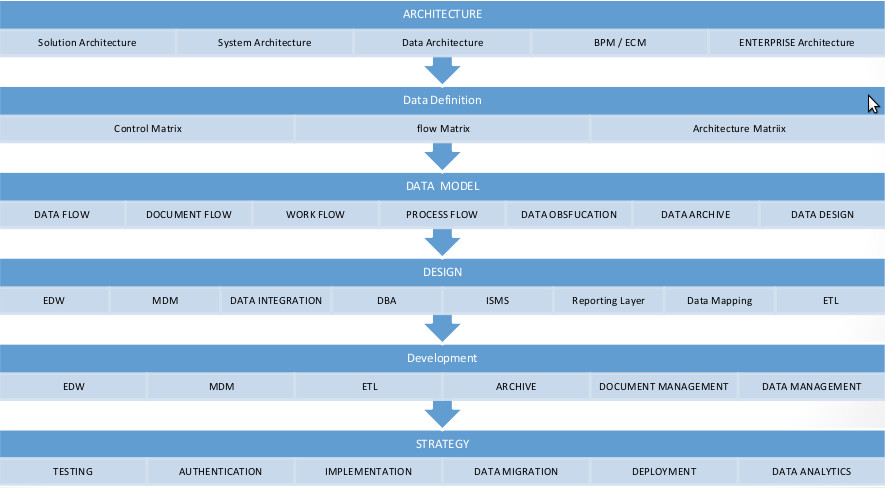
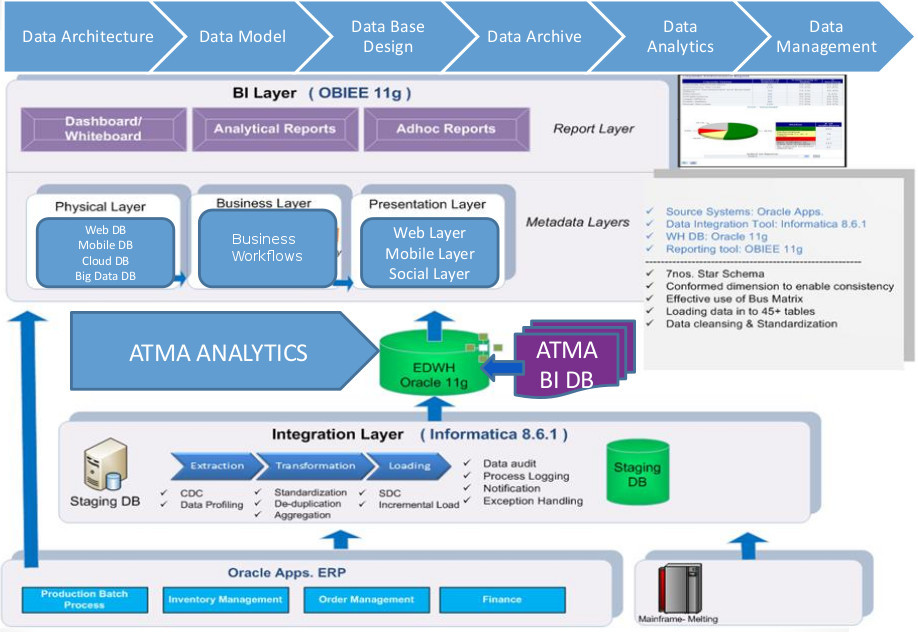
Extract, Transform and Load Systems are commonly used to Integrate Data from multiple Applications typically developed and supported by different vendors or hosted on separate computer hardware. The disparate systems containing the original data are frequently managed and operated by different emloyees. ETL Systems :
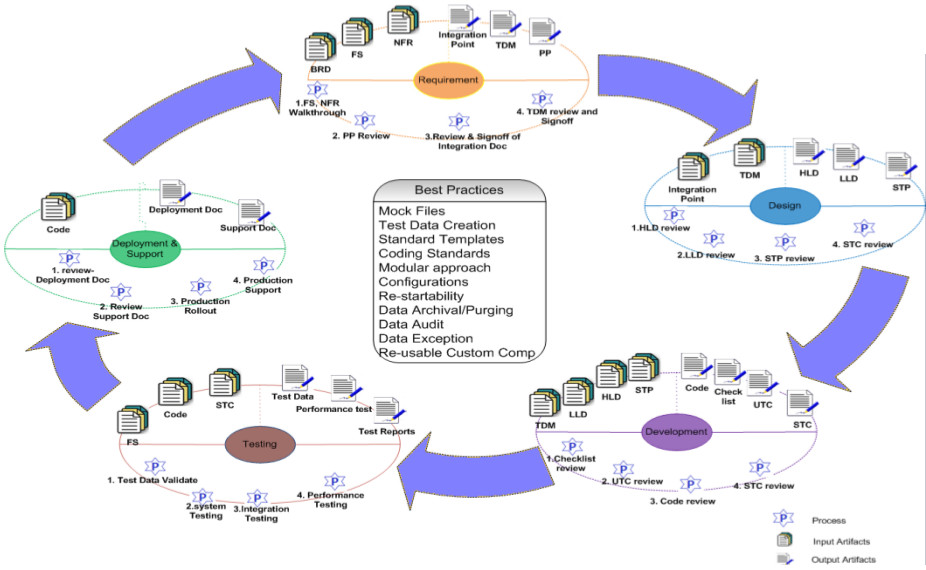
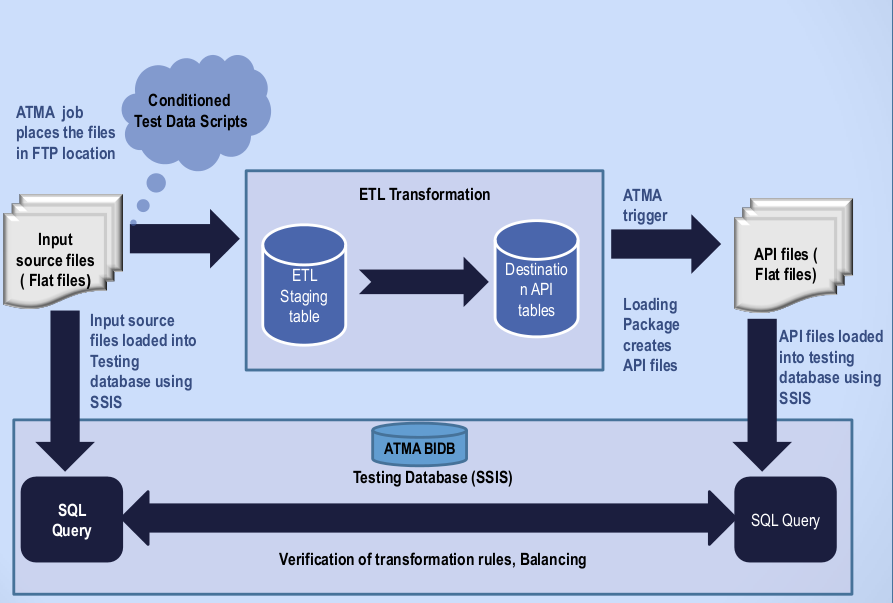
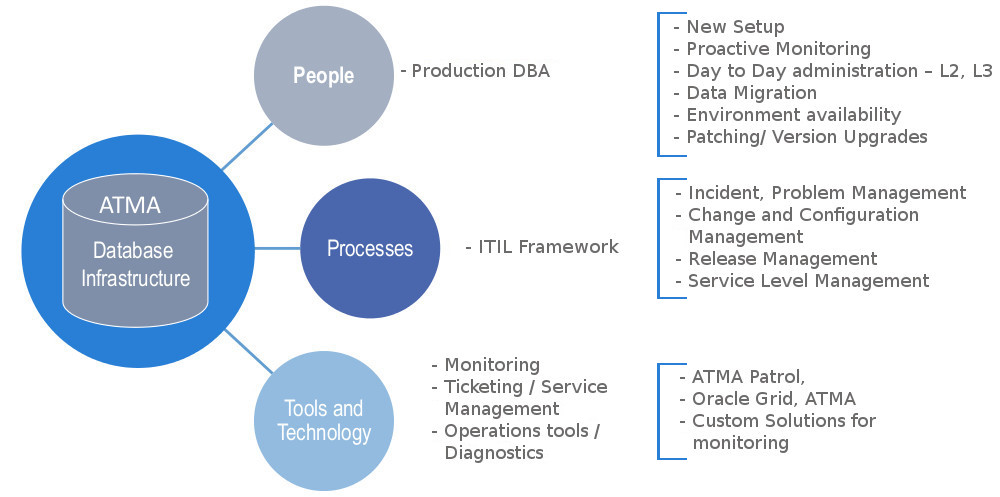
Key Responsibilites
Database Supported
Key Characteristics